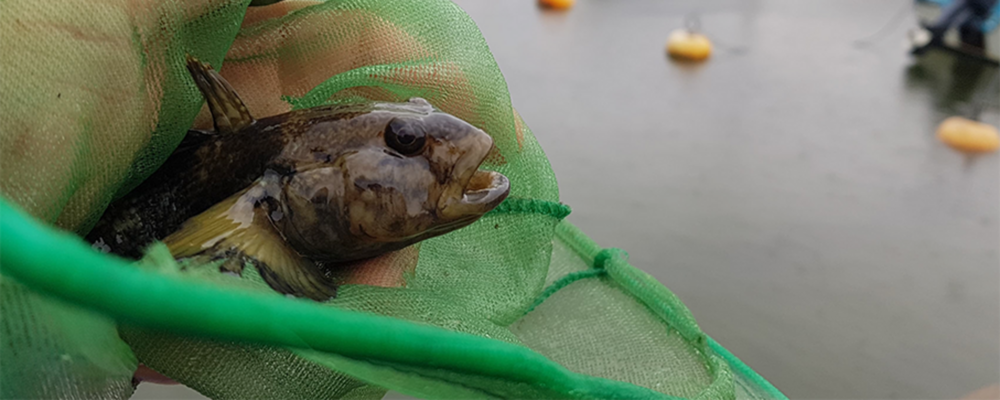
Reproductive traits in euryhaline gobies
Organisms are adapted to reproduce in their specific environment by a range of different traits. For many animals, reproduction is tied to specific conditions, that trigger or enable the reproductive events. But there are species that can survive and reproduce in many different environments. The gobies are that kind of animals.
This thesis deals with traits associated with reproduction, their functions and interactions with the environment. Some traits are plastic, and can change in an individual’s lifetime depending on the environment, while other traits are more or less fixed. The variation in trait expression will enable selection when environments change, as some individuals will survive and reproduce to a larger degree.
For the gobies, a large family of fishes (ca. 2000 species) found in a wide range of different salinities, reproduction can be affected by the environment. Since their sperm and eggs meet to fertilize externally, surrounded by water, sperm need to be able to swim. The salinity environment can limit this process. However, of all the environmental conditions that can affect reproduction, salinity variation seems to be one that they are highly tolerant towards. This is unusual, since most fishes are adapted to reproduce in a very narrow salinity range.
Studying what different environmental adaptations gobies have in their reproductive traits can help us to better understand the eco- evolutionary processes they partake in.
More about the thesis
Title: Reproductive traits in euryhaline gobies: insights into physiology, adaptations and biological invasions
Author: Leon Green
Department: Department of Biological and Environmental Sciences
Year: 2020
Supervisor: Lotta Kvarnemo